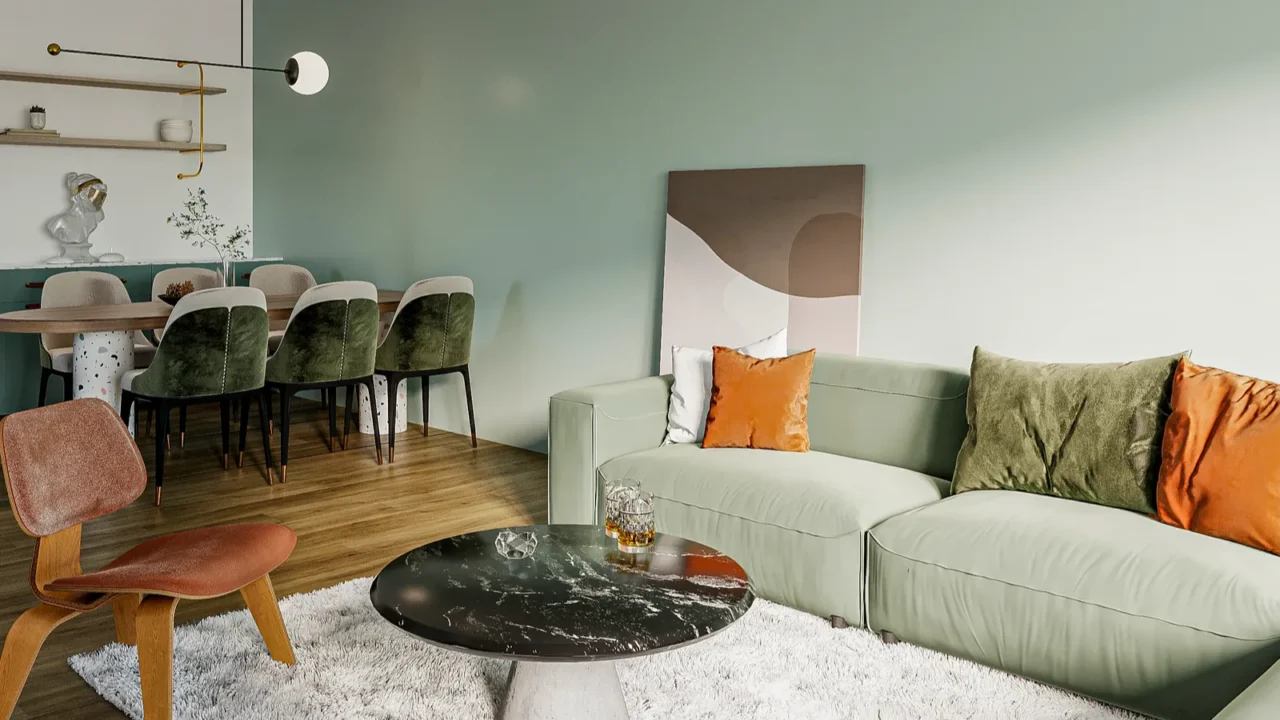
Could Your Home Be Making You Stressed?
Ever feel tense at home and can’t quite figure out why? It might not be work, your to-do list, or even that never-ending pile of laundry, it could be your home’s layout.
From awkward furniture placement to poor lighting, small design choices can mess with your mood more than you think. But don’t worry, I’ve got you covered. Let’s discuss the sneaky ways your home might be stressing you out and, of course, how to fix them.
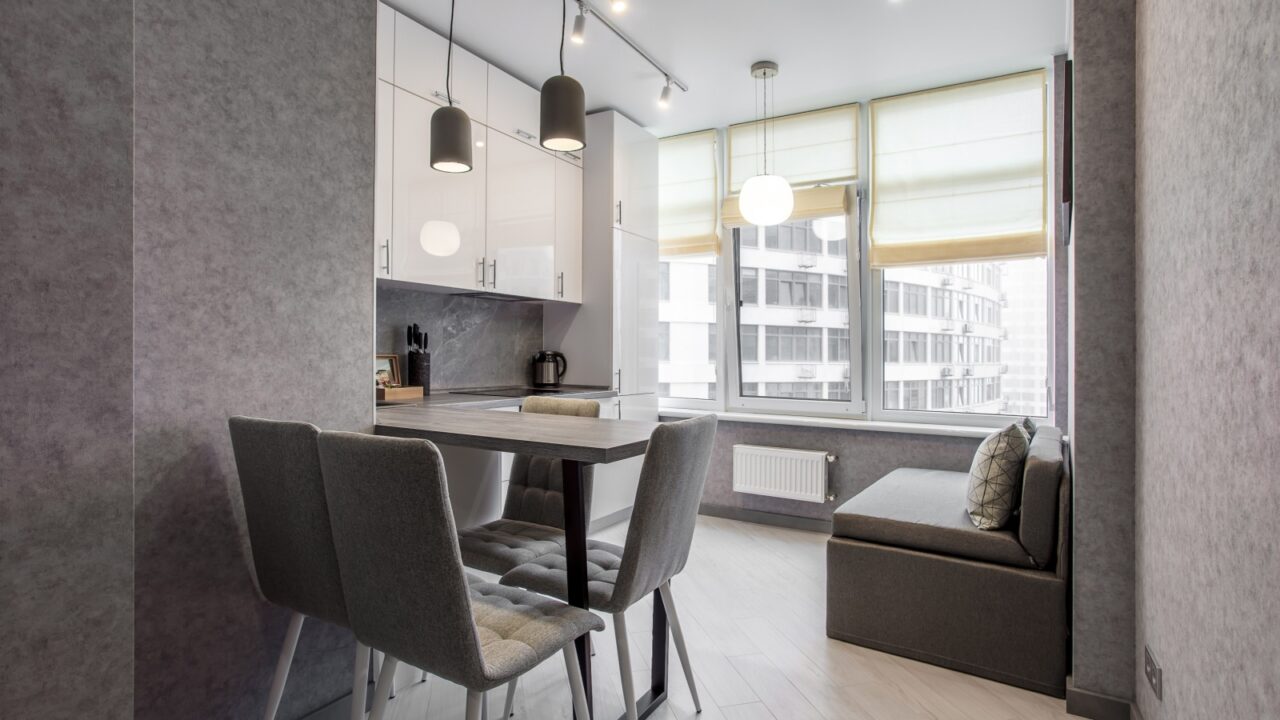
The “Obstacle Course” Layout
Do you constantly dodge furniture, sidestep clutter, or squeeze through narrow spaces? If your home feels like an obstacle course, it’s a sign that your layout isn’t working for you.
A clear path through your space isn’t just convenient, it reduces stress and helps your brain relax. Try rearranging furniture to create wider walkways and remove anything blocking the natural flow.
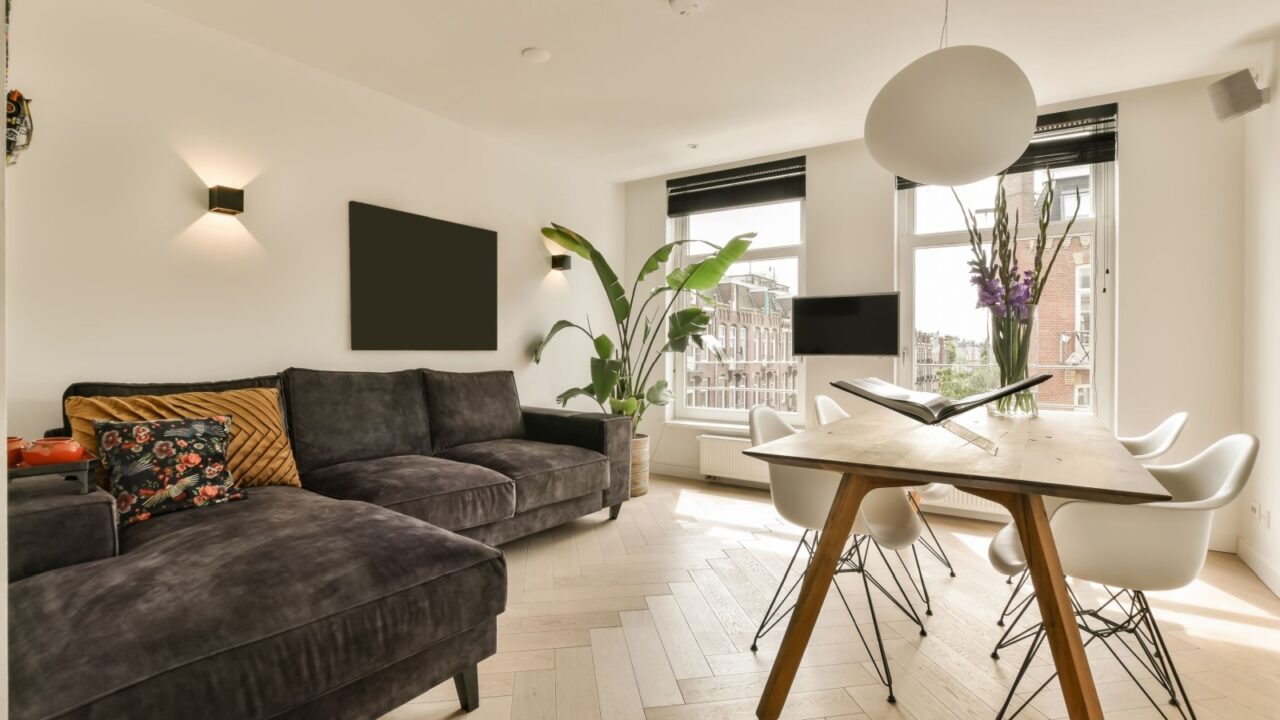
The Sofa That Faces Nothing
Ever sit down on the couch and feel oddly uncomfortable? If your seating arrangement faces a blank wall or a cluttered mess, your brain might be feeling the tension. Ideally, your main seating area should have a focal point such as a fireplace, a well-styled console, or a stunning view.
If that’s not an option, try adding an art piece, a mirror, or even rearranging the furniture to create a more inviting, balanced space.
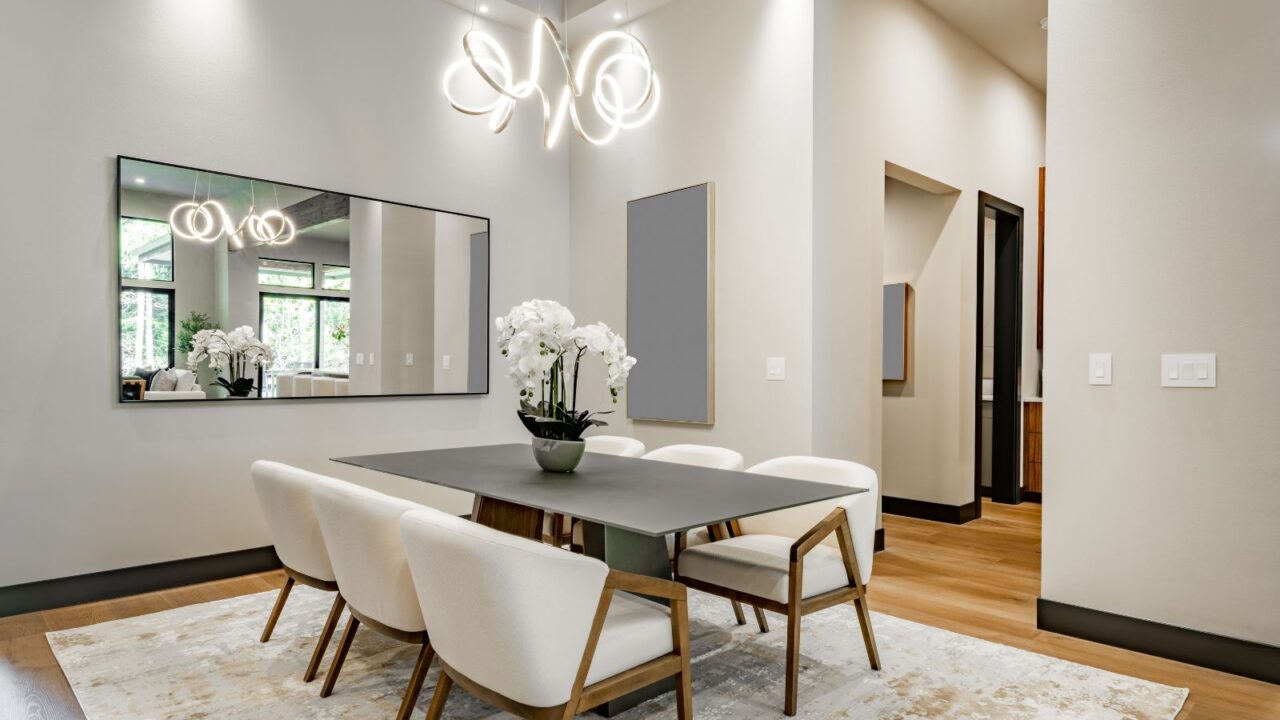
Too Many Walls, Not Enough Flow
Closed-off rooms can make a home feel suffocating. If you have a lot of doors and walls breaking up your space, you might unknowingly be adding to your stress levels.
While you may not be able to knock down walls, you can create visual openness by using mirrors, lighter paint colors, and open shelving.
The goal? A home that feels breathable and connected, not choppy and cramped.
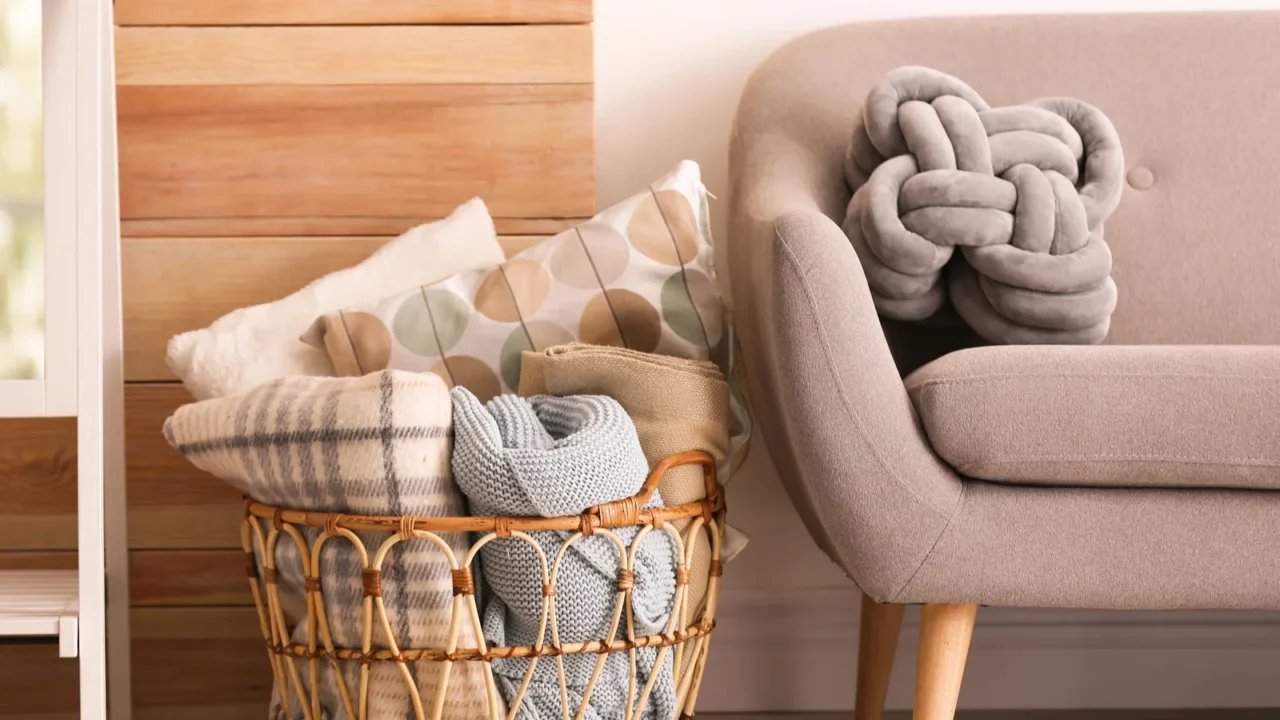
The Clutter Catch-All Zones
We all have those spots where clutter piles up daily. Whether it’s the kitchen counter, entryway table, or dining room chair (you know the one), these mess magnets can make your home feel chaotic. The fix? Give everything a designated home.
A stylish tray for keys, a cute basket for mail, and a habit of putting things away right away will do wonders for your mental peace.
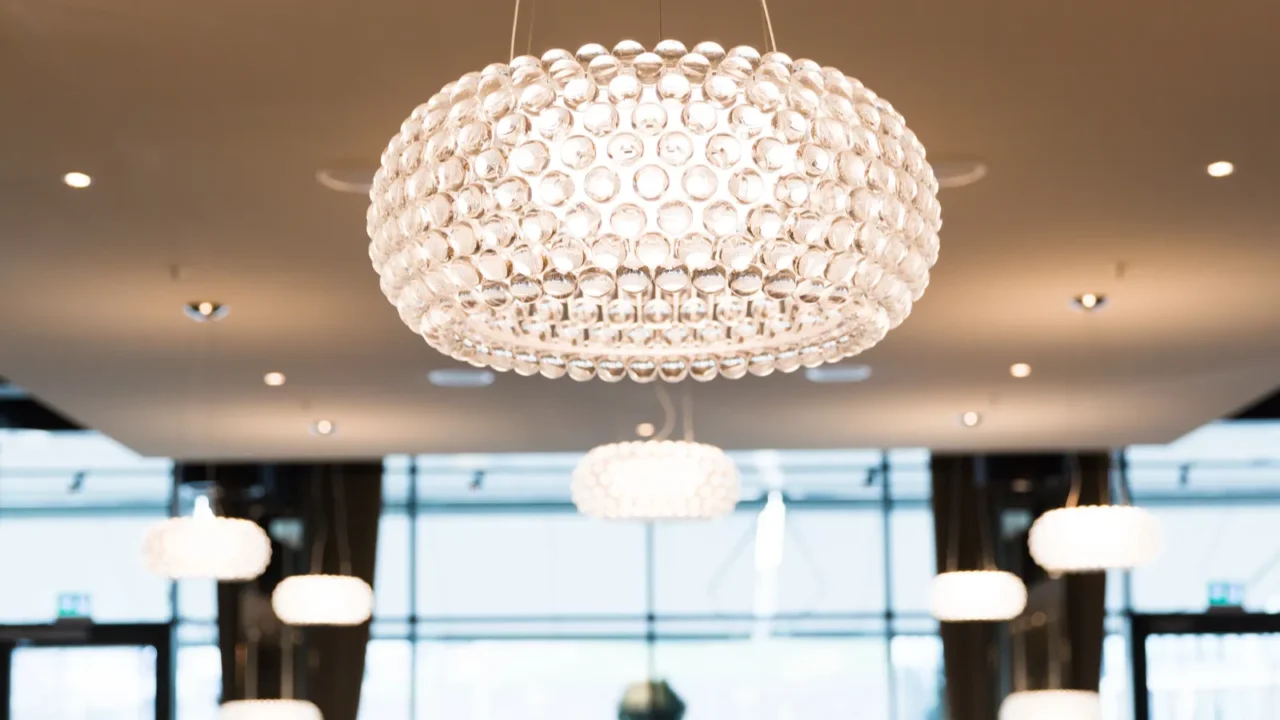
Harsh Lighting That Hurts
Lighting plays a massive role in how a space feels. If your home is lit like a hospital with cold, harsh overhead lights, it can be subconsciously stressful.
Swap out bright white bulbs for warmer tones, add dimmable options, and bring in floor and table lamps for softer, layered lighting. Your nervous system will be able to relax with calm and cozy light arrangements.
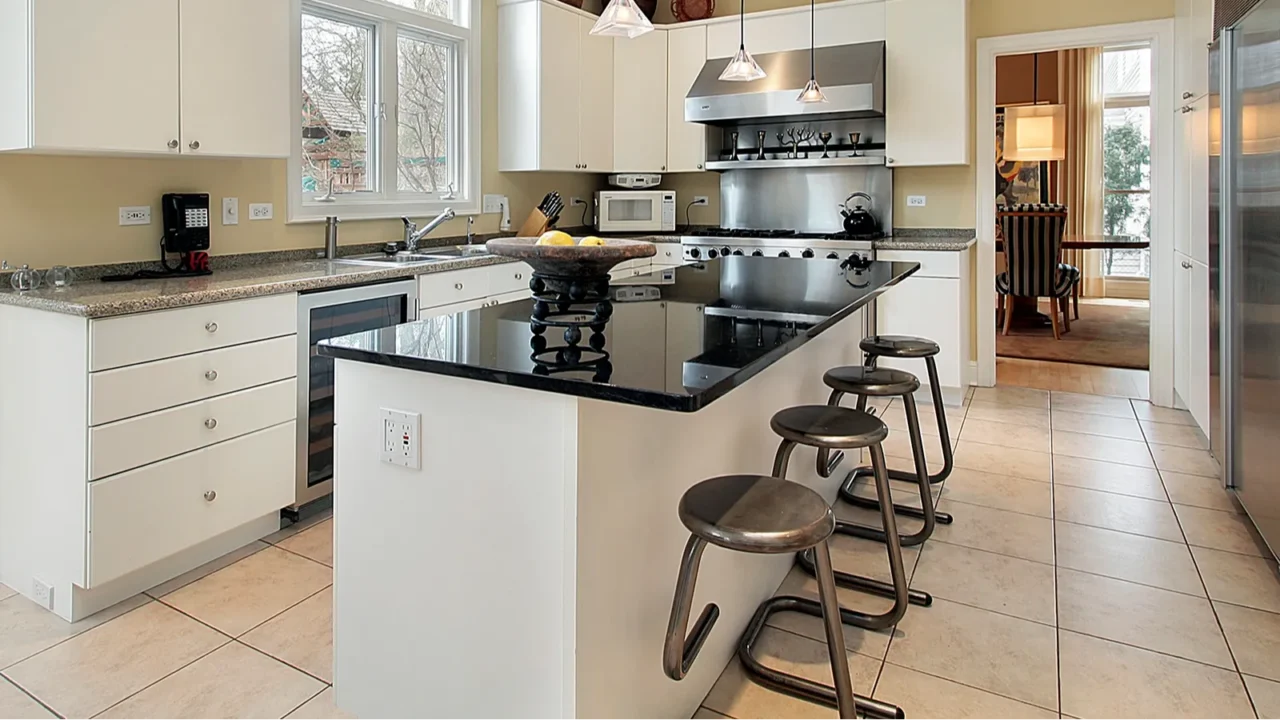
A Kitchen That Feels More Like a Traffic Jam
The kitchen is the heart of the home, but if it’s always overcrowded or difficult to move around, it can quickly become a stress point. If multiple people are constantly bumping into each other, it might be time to rethink your layout.
Consider relocating frequently used items, setting up zones for specific tasks, or even using a kitchen island as a designated prep space to ease congestion.
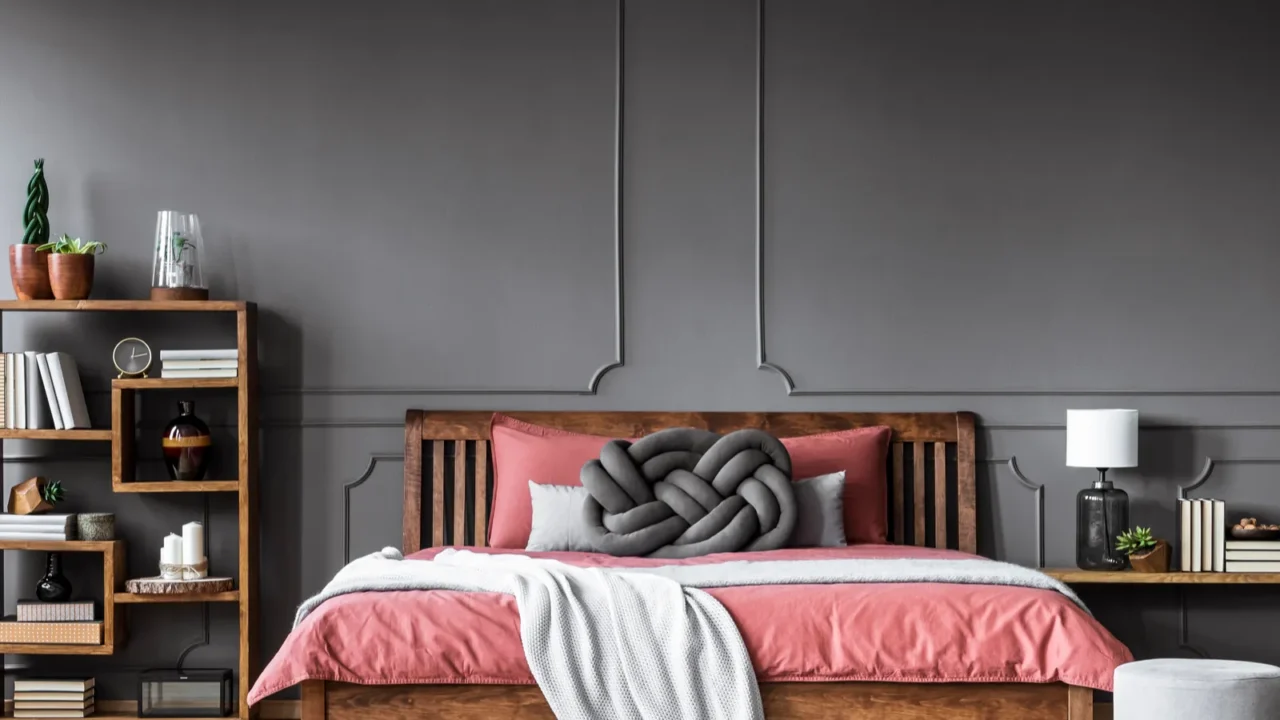
A Bedroom That’s Not a Sanctuary
Your bedroom should be your escape, not a source of stress. If it’s cluttered, poorly lit, or filled with work-related items, it’s no wonder you’re not sleeping well.
Keep your nightstand minimal, invest in cozy bedding, and avoid placing your bed in a high-traffic sightline like facing the door straight on. A few small tweaks can make a big difference in how restful your space feels.
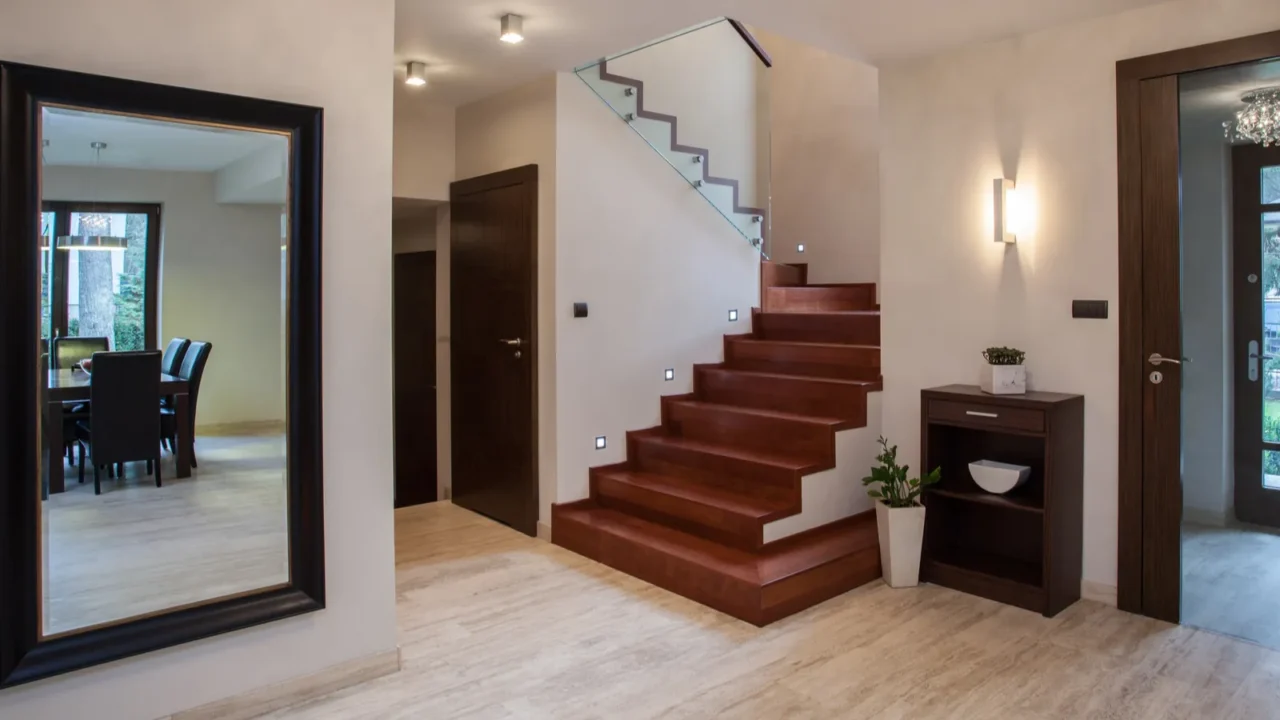
Hallways That Feel Like Tunnels
Your hallway should connect the rooms seamlessly. If you have narrow and dark hallways, they can create a feeling of stress without you even realizing it.
While you can’t do anything about the layout, so try to brighten it up with mirrors, light-colored paint, and strategic lighting.
Adding a runner rug or art along the walls can also make the space feel more inviting rather than just a place you rush through.
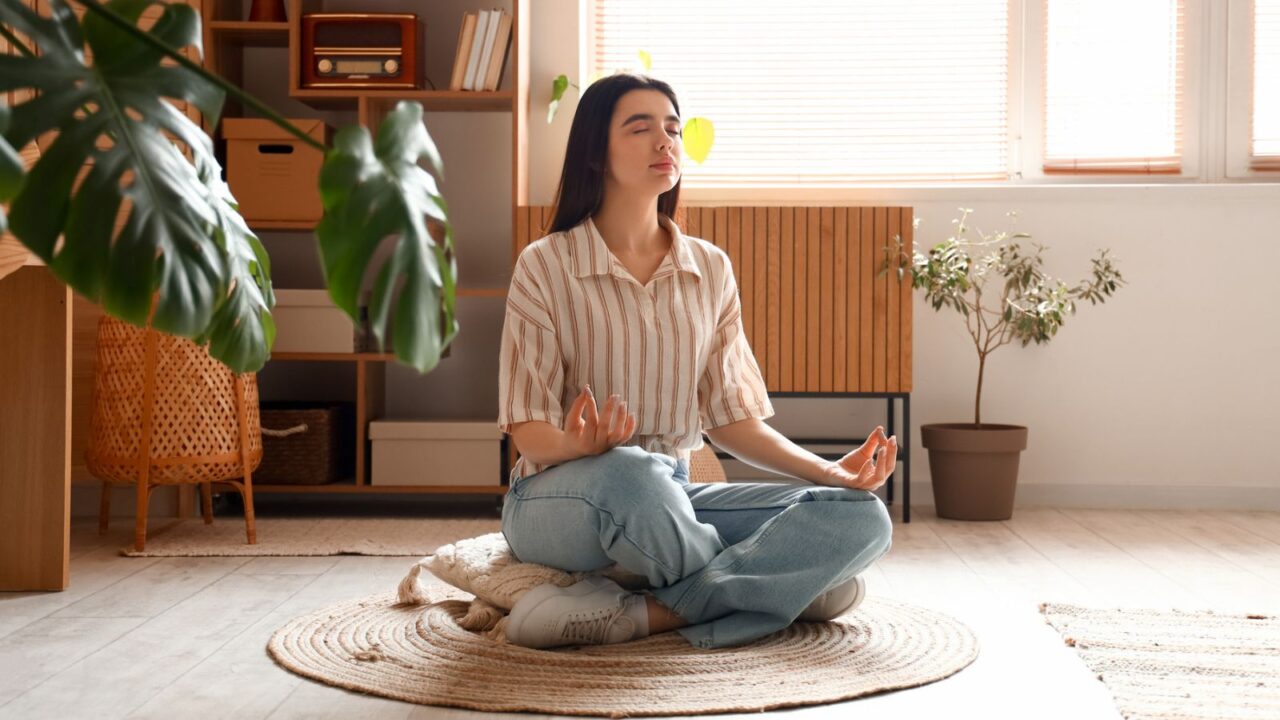
No Designated “Me” Space
Do you have a cozy nook or a small area in your home where you can truly unwind? If not, you might be subconsciously feeling the stress of not having a retreat.
Whether it’s a reading chair by a window, a meditation corner, or just a designated coffee spot, carve out a little space just for you. Your home should support relaxation, not just function.
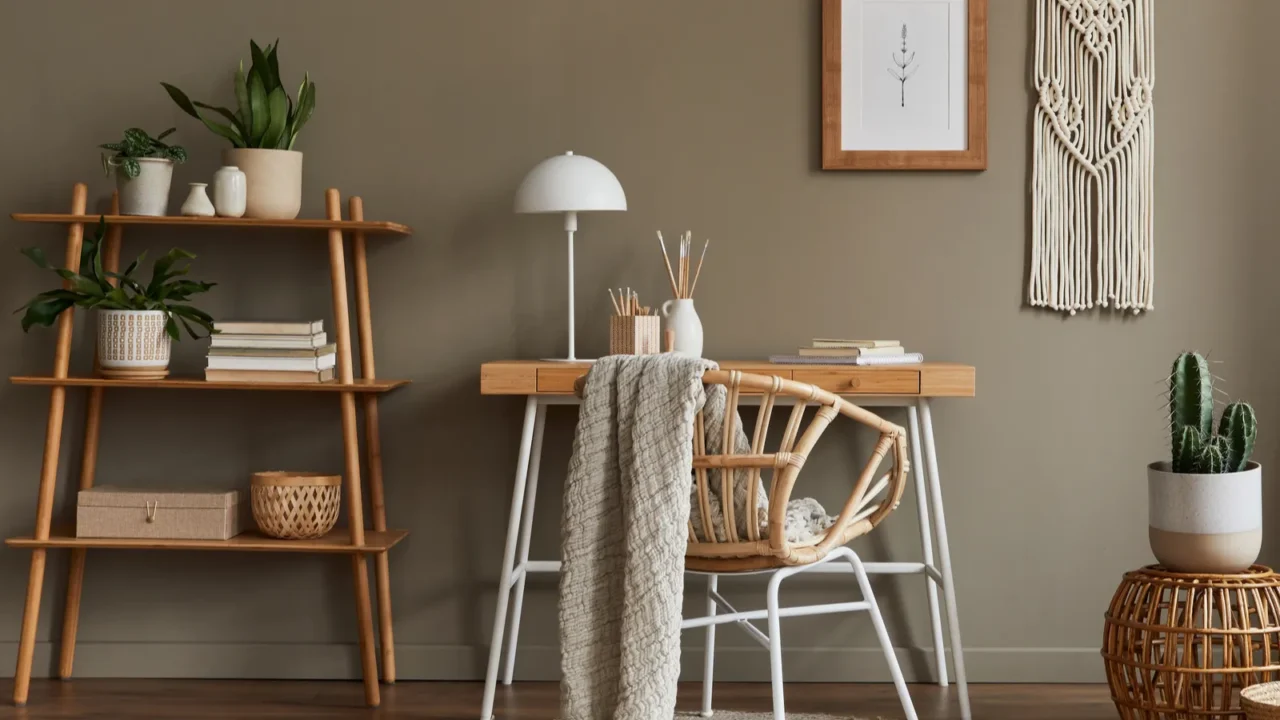
The Work-From-Home Struggle Spot
If your home office setup is uncomfortable, distracting, or squeezed into a corner that doesn’t inspire you, it could be affecting your productivity and stress levels.
A good chair, a clean desk, and proper lighting are non-negotiables. Also, facing a wall? Add some artwork or a plant to make it feel less like a cubicle and more like a creative space.
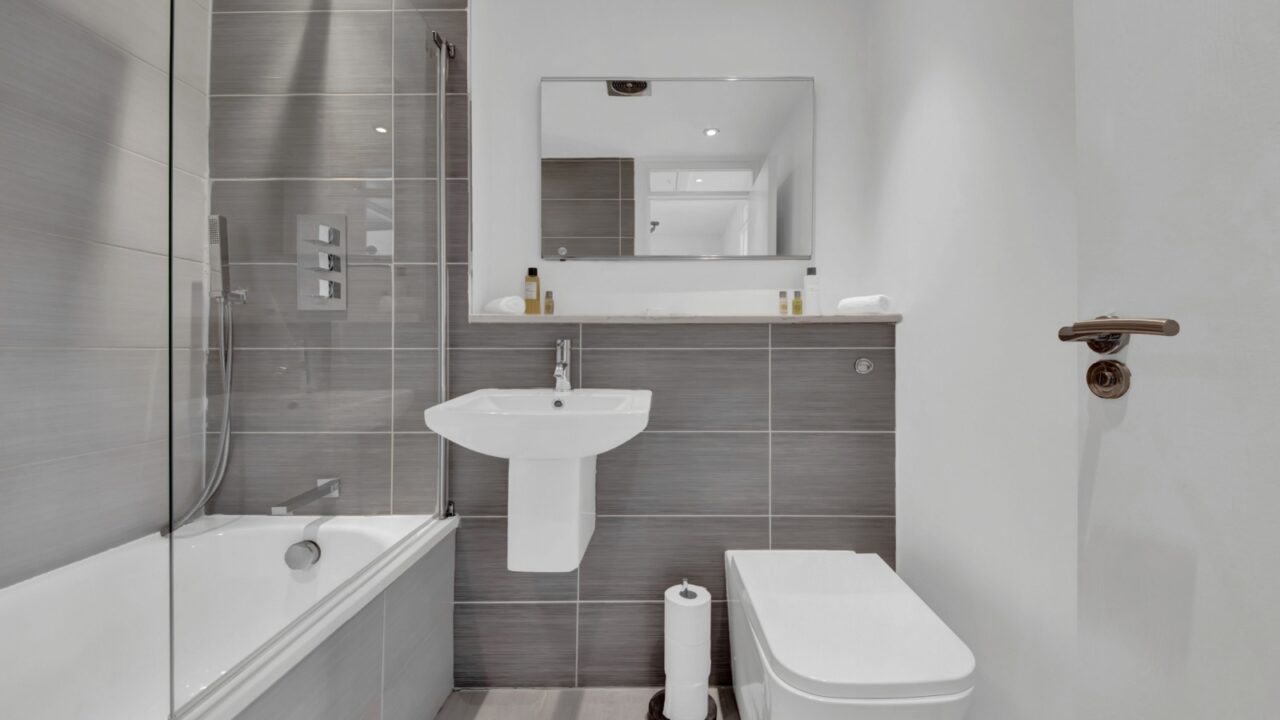
A Bathroom That Feels Blah
Bathrooms should be spa-like escapes, but if yours feels cluttered and uninviting, it’s not doing you any favors. Organize countertops, upgrade your shower experience with a rainfall head or eucalyptus bundle, and add soft lighting to make the space feel more relaxing.
Even small tweaks, like a cozy bath mat or scented candles, can make a big difference
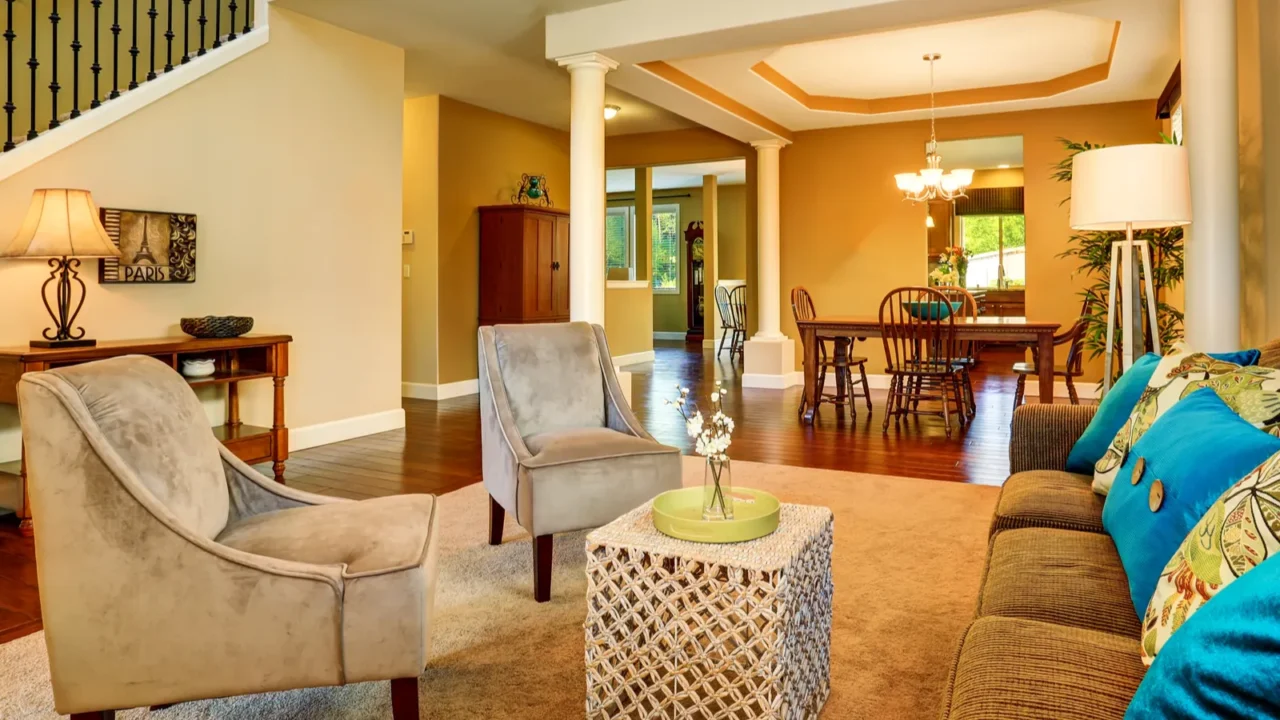
Open Concept Gone Wrong
Open-concept spaces are great until they feel chaotic and undefined. If your living room, dining room, and kitchen blend into one, you need visual separation to create order.
You can use rugs, furniture arrangements, or shelving to create zones that make each area feel intentional rather than just one big and undefined space.
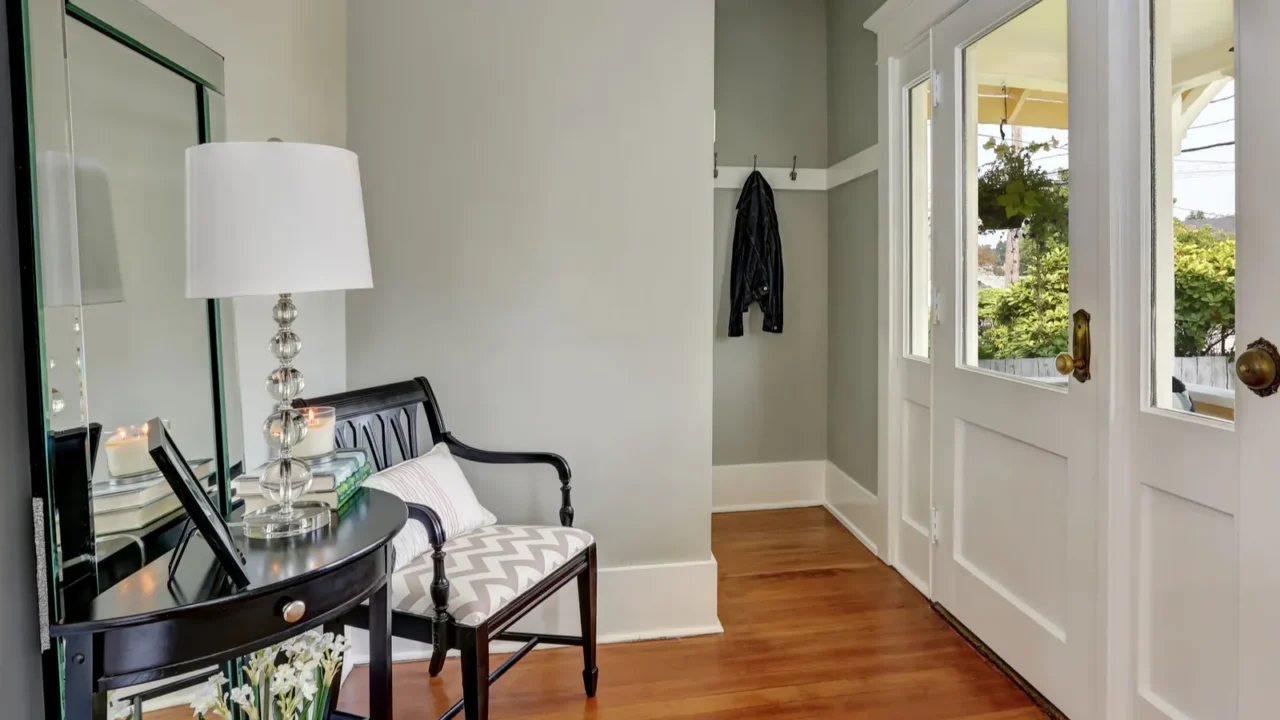
The Forgotten Entryway
Your entryway sets the tone for your home, but if it’s cluttered, messy, or lacks storage, it can create stress the moment you walk in. Try to decorate it according to the space size.
If the space is small, add a vertical storage solution such as hooks that can hold keys, jackets, and bags. A stylish bench, and a catch-all tray for small items like keys to make coming and going a breeze. A tidy, welcoming entry makes a world of difference.
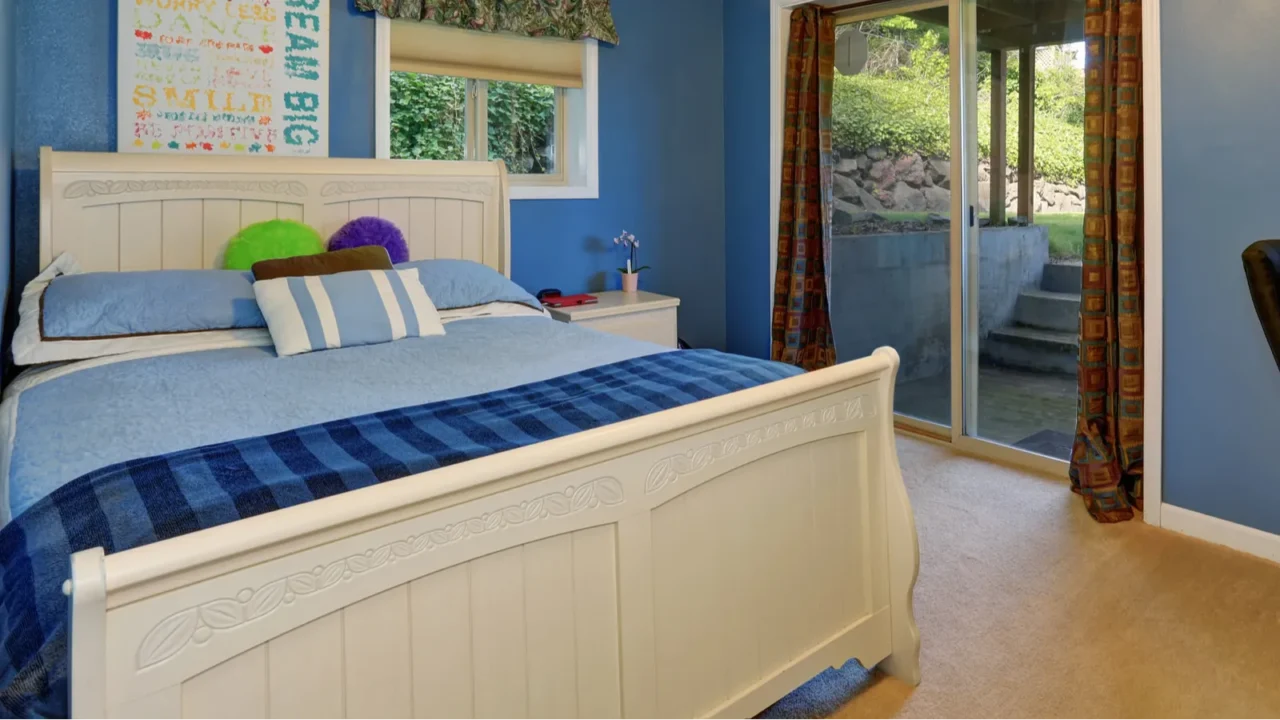
The Sneaky Impact of Color
Color influences mood more than we realize. If your home is filled with dark, heavy colors, it might feel more draining than cozy.
Lighter, warmer tones can create a calming effect, while blues and greens are great for relaxation. Not ready for a full repaint? Start with throw pillows, artwork, or curtains in softer shades. See Experts Pick 2025’s Hottest Colors of the Year—from soothing Mocha Mousse to bold Electric Blue—and find the perfect shade for your home.
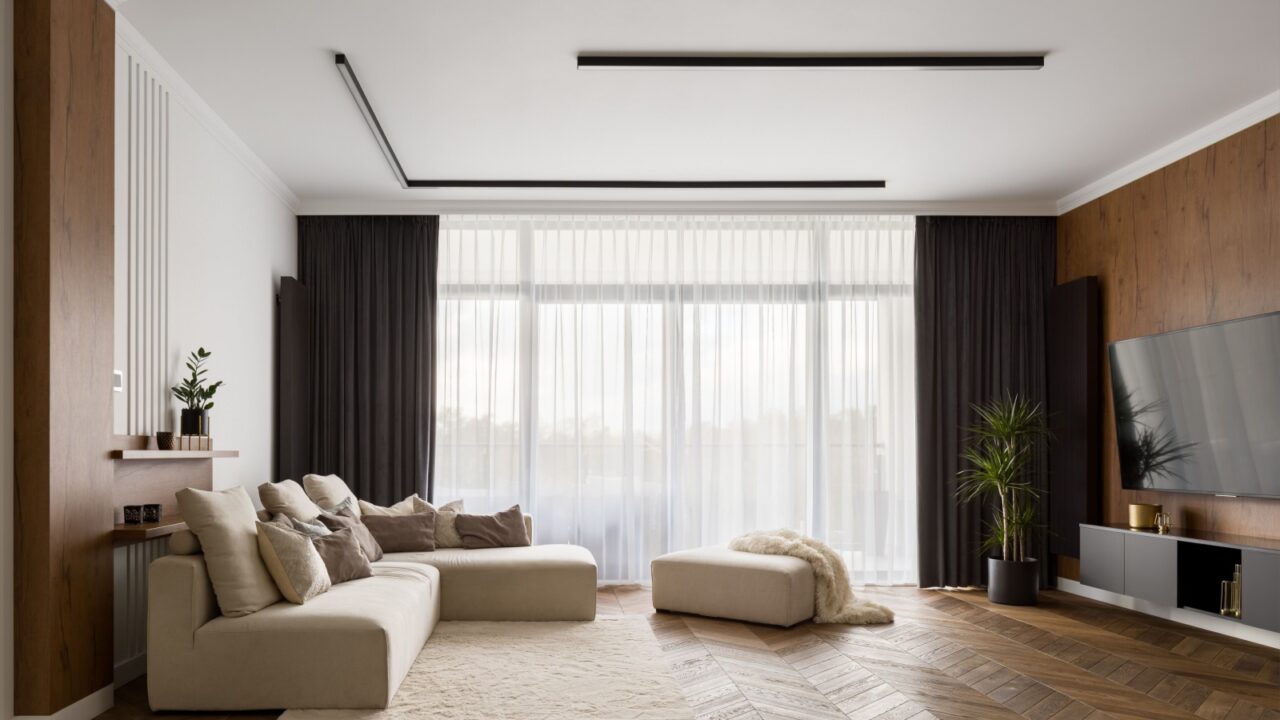
Time for a Stress-Free Home Makeover
Now that you know the subtle ways your home might be stressing you out, it’s time for some easy fixes. Rearrange furniture, declutter high-traffic areas, soften lighting, and create spaces that truly make you feel at peace.
Your home should be your happy place, not a hidden source of stress. Even home decor that seems a personal choice might be causing the stress. Want to know how? Find out if your home decor is ruining your relaxation.
Which changes are you tackling first? Let me know in the comments.
Read More From This Brand:
- Stylish & Practical Living Room Layout (Tips)
- Fall-Ready Living Room Layouts That Just Work
- Cozy and Brutalism in One Space, Can It Work?
Don’t forget to follow us for more exclusive content right here on MSN.